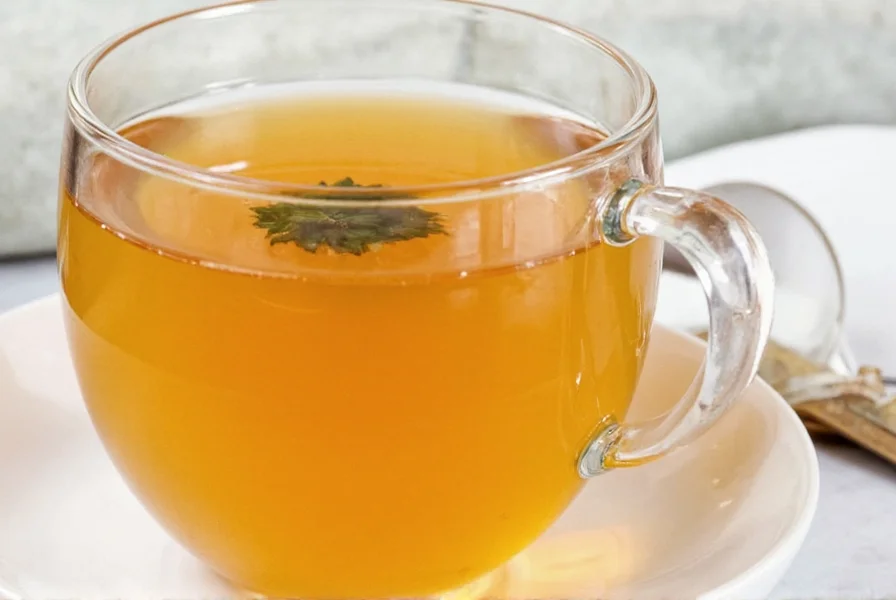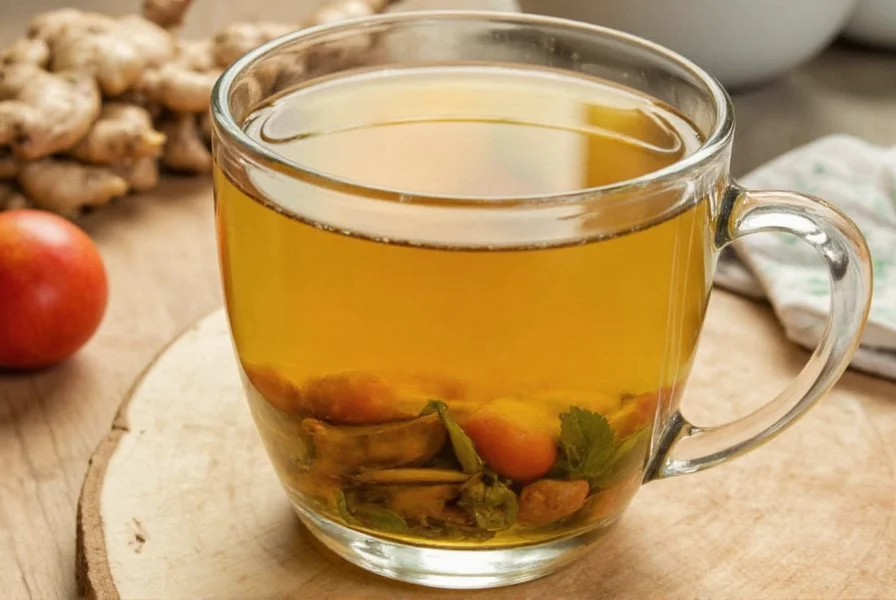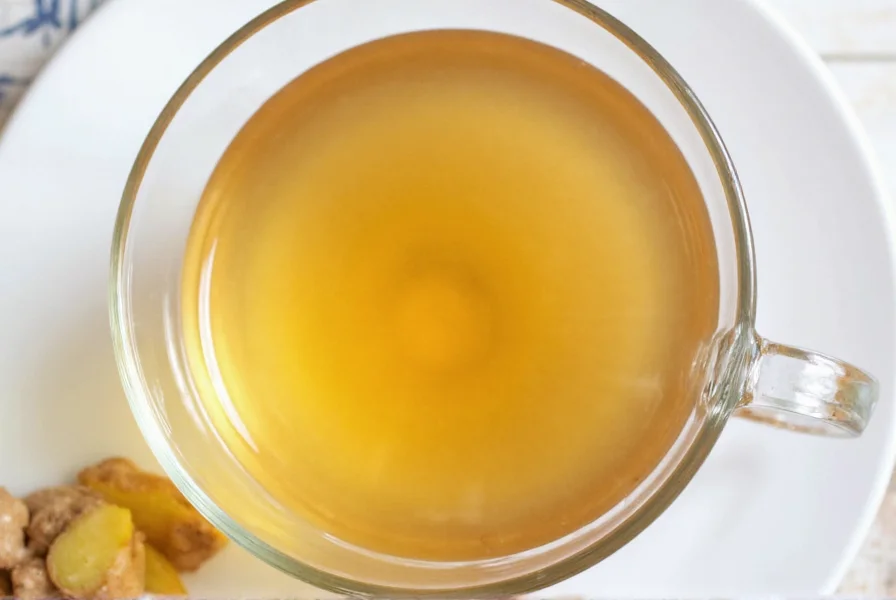Ginger root tea has been cherished for centuries across various cultures for its distinctive spicy flavor and potential health benefits. This versatile herbal infusion offers a natural way to support digestion, soothe nausea, and provide antioxidant protection. Unlike store-bought versions that may contain additives, preparing ginger tea from fresh root ensures maximum potency and flavor control.
Essential Ingredients and Equipment
Creating authentic ginger root tea requires minimal ingredients but attention to quality matters. For the best results, select firm, smooth ginger root with tight skin and minimal wrinkles. Avoid roots with soft spots or mold.
| Item | Quantity | Notes |
|---|---|---|
| Fresh ginger root | 1-2 inches | Yields 4 cups of tea; adjust for stronger or milder flavor |
| Filtered water | 4 cups | Spring water enhances flavor profile |
| Lemon slices | Optional | Adds vitamin C and balances spiciness |
| Raw honey | 1-2 tsp per cup | Add after cooling to preserve enzymes |
Step-by-Step Preparation Guide
Follow these precise steps for optimal ginger tea preparation that maximizes both flavor and potential health benefits:
- Prepare the ginger: Wash 1-2 inches of fresh ginger thoroughly. Use a spoon to gently scrape off the thin skin, which preserves more of the flavorful compounds than peeling with a knife.
- Slice or grate: For stronger tea, thinly slice the ginger crosswise. For quicker extraction, grate the ginger using a fine grater. Slicing yields a smoother tea while grating creates a more intense, spicy infusion.
- Boil water: Bring 4 cups of filtered water to a rolling boil in a stainless steel or glass pot. Avoid aluminum pots which can react with ginger compounds.
- Simmer ginger: Add prepared ginger to boiling water, reduce heat to low, and cover. Simmer for 10-15 minutes. Longer simmering (up to 20 minutes) creates a stronger, more medicinal tea.
- Strain and serve: Remove from heat and strain into cups. Add lemon juice or raw honey to taste. For digestive benefits, consume 20-30 minutes before meals.

Variations for Different Needs
Tailor your ginger tea preparation to address specific wellness goals or taste preferences:
- Digestive boost: Add 1/4 teaspoon of crushed fennel seeds during the last 5 minutes of simmering
- Cold relief: Include 2-3 thin slices of fresh turmeric root and a cinnamon stick
- Morning energizer: Steep with green tea leaves for the last 3 minutes of cooking
- Evening relaxation: Blend with chamomile flowers after removing from heat
Scientifically Supported Health Benefits
Research indicates ginger root tea may provide several health advantages when consumed regularly as part of a balanced diet:
Ginger contains bioactive compounds like gingerol that demonstrate anti-inflammatory properties in clinical studies. A 2020 review in Nutrients journal noted ginger's potential to support digestive health by accelerating gastric emptying. The National Center for Complementary and Integrative Health acknowledges ginger's traditional use for nausea relief, particularly for pregnancy-related morning sickness and motion sickness.
Unlike pharmaceutical options, homemade ginger tea offers these potential benefits without artificial additives or preservatives. The concentration of active compounds remains higher in freshly prepared tea compared to commercial tea bags.
Optimal Consumption Guidelines
For maximum benefit while avoiding potential side effects:
- Consume 1-2 cups daily, preferably between meals
- Stop consumption 2 weeks before surgery due to potential blood-thinning effects
- Limit to 4 grams of ginger daily from all sources (about 2 inches of root)
- Avoid if taking blood thinners without consulting your healthcare provider

Storage and Freshness Tips
Preserve your ginger tea's potency with proper storage techniques:
Refrigerate unused tea in a glass container for up to 3 days. For longer storage, freeze in ice cube trays then transfer to airtight bags for up to 3 months. When reheating, avoid boiling which can degrade beneficial compounds—warm gently to 160°F (71°C).
Store fresh ginger root in the refrigerator wrapped in a paper towel inside a perforated plastic bag. Properly stored, it remains fresh for 2-3 weeks. For extended storage, freeze whole ginger root and grate directly from frozen when needed.
Safety Considerations
While ginger tea is generally safe for most people, certain individuals should exercise caution:
Ginger may interact with blood-thinning medications like warfarin. People with gallstone disease should consult their physician before regular consumption. Pregnant women can safely consume up to 1 gram of ginger daily for nausea relief, but should discuss with their healthcare provider first. Those with heart conditions taking beta-blockers should monitor blood pressure when consuming ginger regularly.











 浙公网安备
33010002000092号
浙公网安备
33010002000092号 浙B2-20120091-4
浙B2-20120091-4